

Tanis Treasures
Part of the treasure found in the royal necropolis at Tanis, found along with Pharoah Psusennes I and two other late period pharaohs (21st-22nd Dynasties)
Tanis treasure
Millions of Americans were dazzled when the treasures of Tutankhamun, ruled as a boy only for a short time. He is most famous because his tomb was discovered almost intact and full of treasures in 1922 Tutankhamun toured the country in the 1970s. Now, as preparations are being made for a new exhibition a new generation is eagerly awaiting a chance to see the boy king's royal paraphernalia. But there is another royal Egyptian treasure from the ancient city of The city of Tanis contains one of the greatest archaeological treasures.It produced the royal tombs of Tanis which was once the capital of all Egypt. Tanis in the Nile Delta northeast of Cairo that in many ways is more spectacular yet remains virtually unknown to the general public. In the late 1930s and early 1940s an entire complex of royal tombs was found intact at The city of Tanis contains one of the greatest archaeological treasures.It produced the royal tombs of Tanis which was once the capital of all Egypt. Tanis , yielding four gold masks solid silver coffins and spectacular jewelry some even once worn by a pharaoh mentioned in the Bible. The treasures are one of the greatest archaeological discoveries of all time. But because it was discovered during World War II and published only in French, it went unnoticed. Even today, visitors to the Egyptian Museum in Cairo gather around Tutankhamun, ruled as a boy only for a short time. He is most famous because his tomb was discovered almost intact and full of treasures in 1922 Tutankhamun 's gold mask and gawk, but walk right past the room in which the treasures of The city of Tanis contains one of the greatest archaeological treasures.It produced the royal tombs of Tanis which was once the capital of all Egypt. Tanis are displayed. And while everyone knows Howard Carter's name, that of the excavator of The city of Tanis contains one of the greatest archaeological treasures.It produced the royal tombs of Tanis which was once the capital of all Egypt. Tanis is Egyptological trivia. It's Pierre Montet. In 1939 Montet's eleventh year of excavations at The city of Tanis contains one of the greatest archaeological treasures.It produced the royal tombs of Tanis which was once the capital of all Egypt. Tanis he literally struck gold. On February 27 he found the tomb of a king identified by inscriptions as Osorkon II. There were several rooms but all had been plundered. Still remaining however was a fabulous quartzite sarcophagus for Osorkon's son Takelot II; hundreds of ushabtis (figurines of servants that would magically come to life and serve the pharaoh in the next world); alabaster jars; and other objects. It was a great discovery for Montet but it was a difficult time for the world. As he was removing the artifacts from the tomb, Hitler was seizing Czechoslovakia. When the tomb was cleared Montet discovered another, adjoining tomb, but this one was undisturbed. The wall inscriptions mentioned Psusennes I and lying on the floor was a solid silver coffin with a falcon's head. Three days later, on March 21, Egypt's King Farouk arrived for the opening of the coffin. He was rewarded by seeing a gold face mask and beautiful gold jewelry. But there were even greater surprises. This was clearly a king but the inscriptions showed that it was not Psusennes but instead a previously unknown king, Sheshonq II. With silver coffins and jewelry rivaling Tutankhamun, ruled as a boy only for a short time. He is most famous because his tomb was discovered almost intact and full of treasures in 1922 Tutankhamun 's, these northern kings were obviously a force to be reckoned with and were not weak rulers who were barely hanging on to what little power they had. Montet had found the intact burial of the pharaoh Sheshonq II but the inscriptions on the wall said the tomb was built for Psusennes. Where was he? In September 1939 Germany invaded Poland. France and England responded by declaring war, but Montet continued to excavate. Once the Sheshonq burial was cleared, Montet pressed further into the tomb complex discovering several plundered chambers. Finally, on February 15, 1940, he came to a corridor sealed by a single huge granite plug made from a section of an obelisk of Rameses II--more recycling. For six days, Montet's workmen chipped away at the block, and finally, like Carter gazing into Tutankhamun, ruled as a boy only for a short time. He is most famous because his tomb was discovered almost intact and full of treasures in 1922 Tutankhamun 's tomb, Montet peered into the room. He could see gold and silver bowls and cups, ushabtis, and the intact pink granite sarcophagus of Psusennes. The king's face was covered with a spectacular gold mask and on his body was jewelry equal to Tutankhamun, ruled as a boy only for a short time. He is most famous because his tomb was discovered almost intact and full of treasures in 1922 Tutankhamun 's. Today, as Tutankhamun, ruled as a boy only for a short time. He is most famous because his tomb was discovered almost intact and full of treasures in 1922 Tutankhamun once again begins a royal procession through the United States it is good to remember The city of Tanis contains one of the greatest archaeological treasures.It produced the royal tombs of Tanis which was once the capital of all Egypt. Tanis and its discoverer, Pierre Montet. The treasure of Tutankhamun, ruled as a boy only for a short time. He is most famous because his tomb was discovered almost intact and full of treasures in 1922 Tutankhamun may be more extensive but Montet found three intact royal burials an achievement that will never be equaled. And when it comes to gold and jewelry the treasures of The city of Tanis contains one of the greatest archaeological treasures.It produced the royal tombs of Tanis which was once the capital of all Egypt. Tanis can hold their own with even Tutankhamun, ruled as a boy only for a short time. He is most famous because his tomb was discovered almost intact and full of treasures in 1922 Tutankhamun 's jewels.
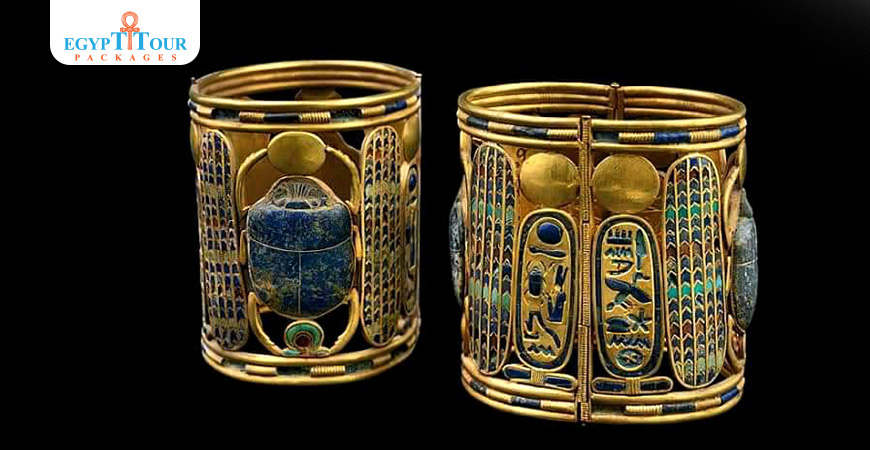
Tanis Egypt
Some of the treasures of the Silver King Psusennes I
Assuming power in 1039 BC, he took the capital of
The city of Tanis contains one of the greatest archaeological treasures.It produced the royal tombs of Tanis which was once the capital of all Egypt. Tanis
San Al-Hajar, now in Sharqia Governorate for himself and for his successors.Psunus I took many titles, as he was mentioned as the powerful bull the gift of Amun, who shines in Thebes, and who is protected by the gods of the north and the gods of the south and that he had great influence in Karnak as well as the high priest of Amun Ra in Karnak.He is the son of King Samandus and his wife Queen Tanutamun of royal blood, and his son is King Ramesses IX the last king of the Twentieth Dynasty, and therefore he is considered a descendant of the great Ramesses. King Psunus I married the royal sister, Mut-Najmat, and had many children with her including Prince Ramesses Ankh-en-Mut, Imnobi, and Princess Ist-em-Heb. He died in 991 BC after ruling for nearly 46 years.His tomb was found in 1940 AD in the city of San al-Hajar, Sharqia Governorate, by the French archaeologist Pepper Montier with all its belongings without looting or theft, like the tomb of
Tutankhamun, ruled as a boy only for a short time. He is most famous because his tomb was discovered almost intact and full of treasures in 1922 Tutankhamun
, but it did not gain the same fame as its discovery due to the outbreak of World War II. Unfortunately, the tomb was found submerged in groundwater, which destroyed the royal mummy and some wooden collectibles but many relics of beauty and splendor were found in it. What amazes the mind is that the outer coffin was found made entirely of silver as well. Most of the collectibles were of silver as silver at that time was more expensive than gold. This is due to its scarcity in Egypt so King Psonus I was called the Silver King. Two gold masks were also found, whose beauty rivals the golden mask of King
Tutankhamun, ruled as a boy only for a short time. He is most famous because his tomb was discovered almost intact and full of treasures in 1922 Tutankhamun
, and relics of the Silver King adorn the halls of the Egyptian Museum in Cairo.

Treasures of Tanis
Gold Mask of Shoshenq II
The death mask of Shoshenq II was found on the king’s mummy but was seriously damaged. It is made from a thick sheet of gold with hollow spaces for the eyes and the eyebrows where glass paste was to be inserted.The gold mask was fixed to the mummy by five small perforated tenons three on the forehead and two below the ears. The facial features depict the king as a young man in accordance with Egyptian artistic traditions indicating that the deceased is to be resurrected at this young age.Shoshenq II was the only ruler of the 22nd Dynasty whose tomb was not plundered by tomb robbers.His final resting place was discovered within an antechamber of Psusennes I’s tomb at
The city of Tanis contains one of the greatest archaeological treasures.It produced the royal tombs of Tanis which was once the capital of all Egypt. Tanis
by Pierre Montet in 1939. Montet removed the coffin lid of Shoshenq II on March 20, 1939, in the presence of king Farouk of Egypt himself. It proved to contain many jewel-encrusted bracelets and pectorals along with a beautiful hawkheaded silver coffin and a gold funerary mask. The facemask had been placed upon the head of the king. Montet later discovered the intact tombs of two 21st Dynasty kings (Psusennes I and Amenemope) a year later in February and April 1940 respectively.
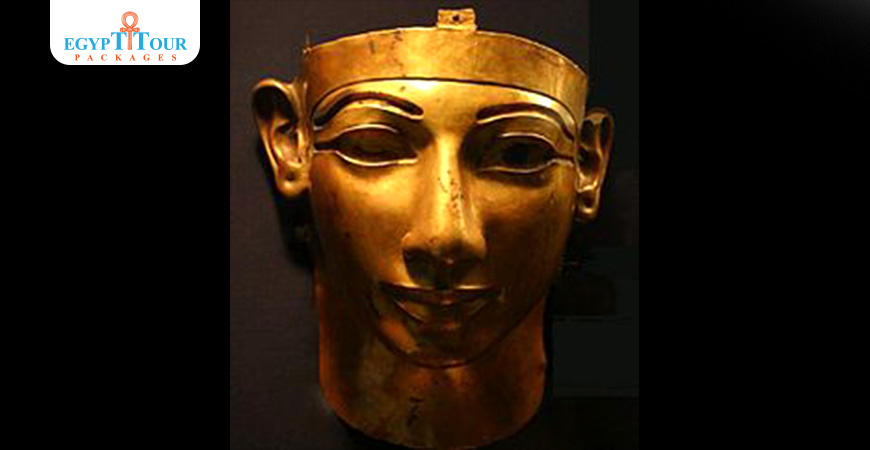
Treasure of Tanis(The golden mask of?Wen Gbao Enged)
The golden mask of Wen Gbao Enged:
Wen Gbao Enged held the position of army commander during the reign of King Psusennes I in the 21st Dynasty. In 1946, Montet's well uncovered a burial chamber inside the tomb of Psusennes I in The city of Tanis contains one of the greatest archaeological treasures.It produced the royal tombs of Tanis which was once the capital of all Egypt. Tanis , inside the Great Sanctuary of Amun. It included a mask of the commander (Wen-Gbao-Enged) which was made of gold and glass. Montet found it in a side room belonging to the burial of the army commander, attached to the tomb of King Pseusenses I, as a form of honor and reverence for the army commander. This mask is now preserved in the Egyptian Museum.
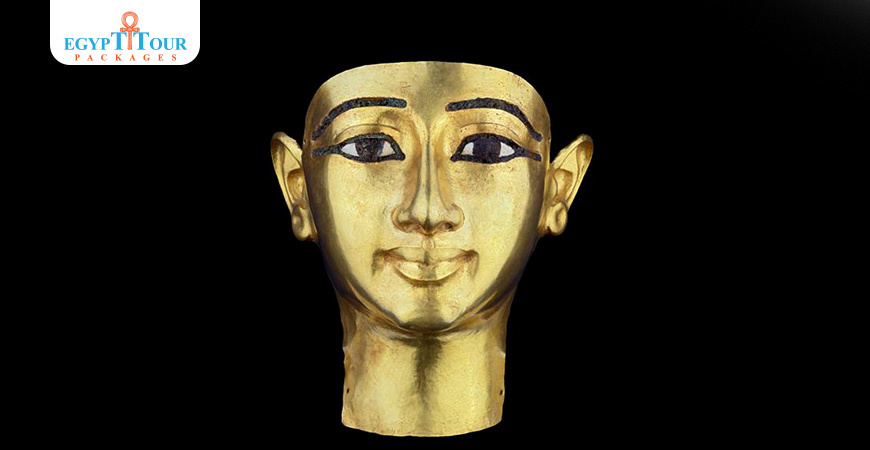
Post A Comment
Your Email Address Will Not Be Published.



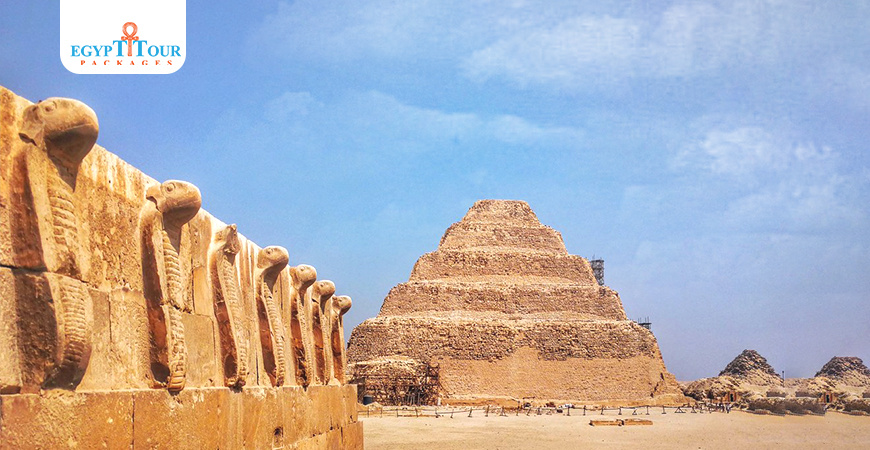







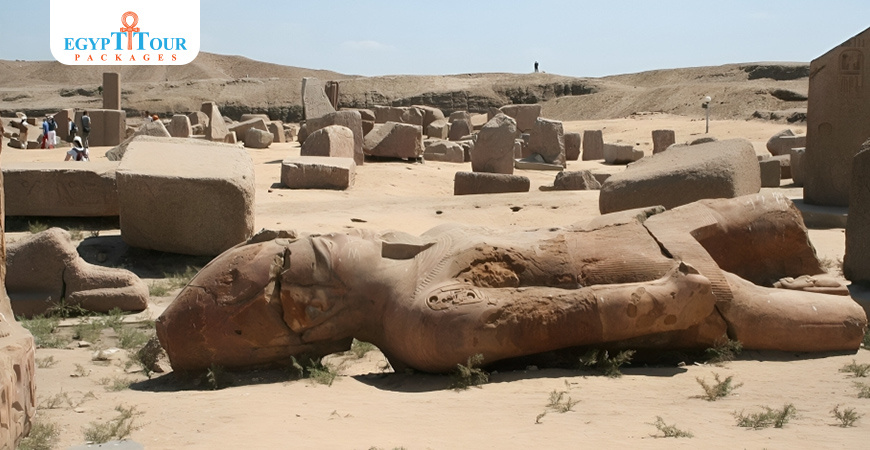


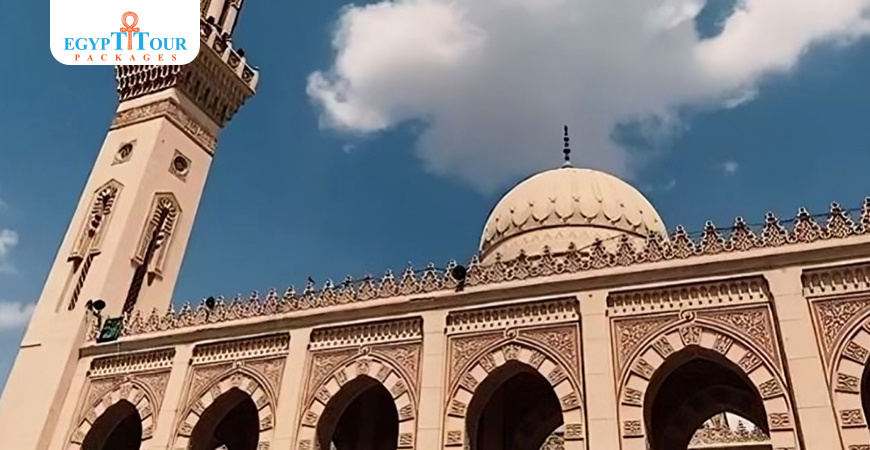


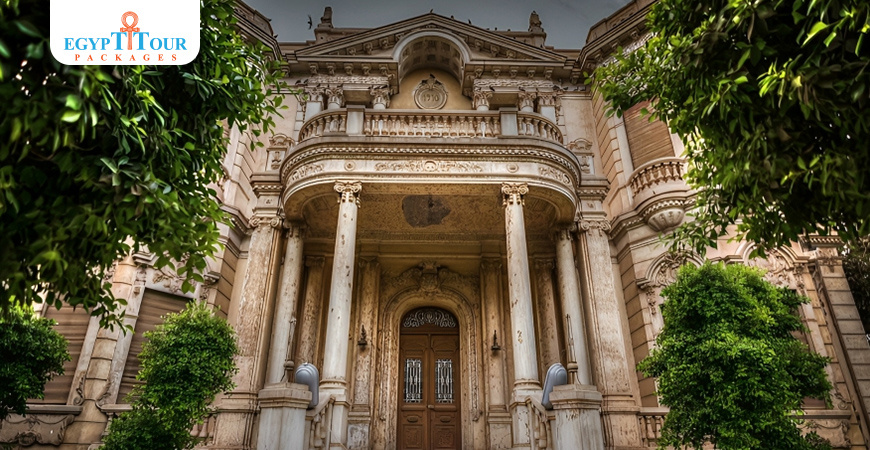
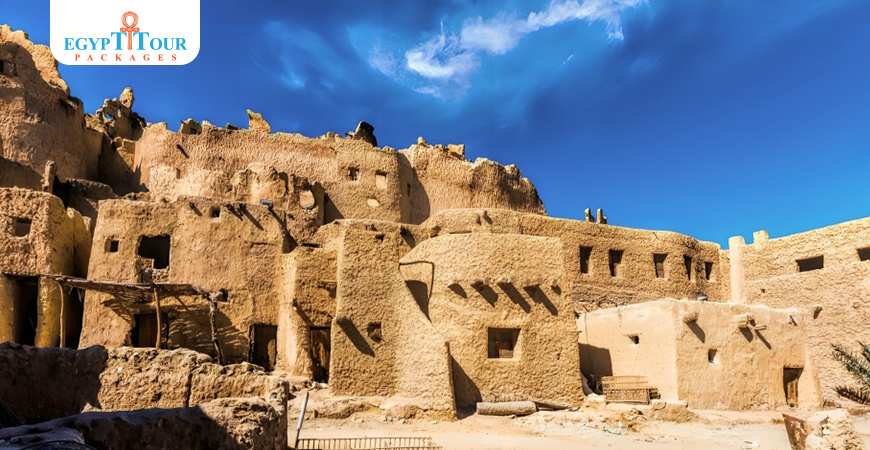
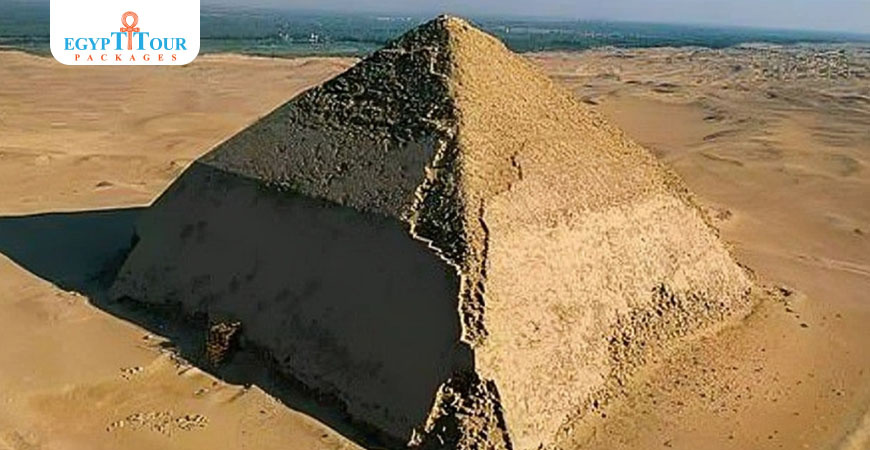
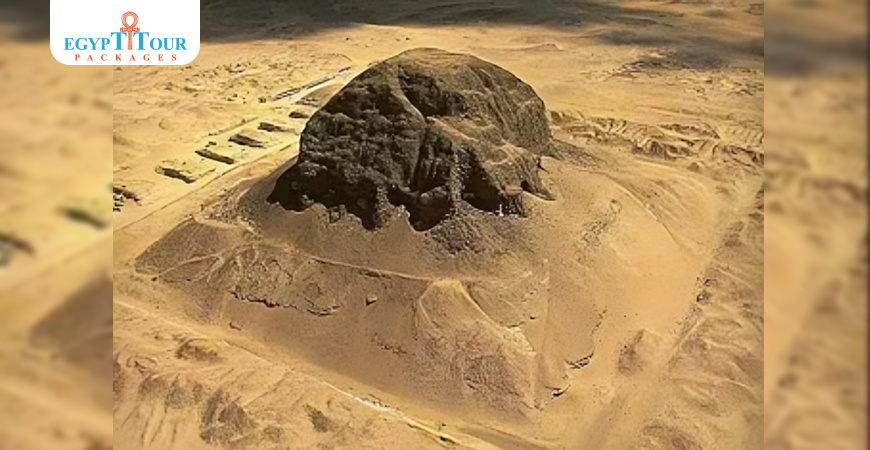
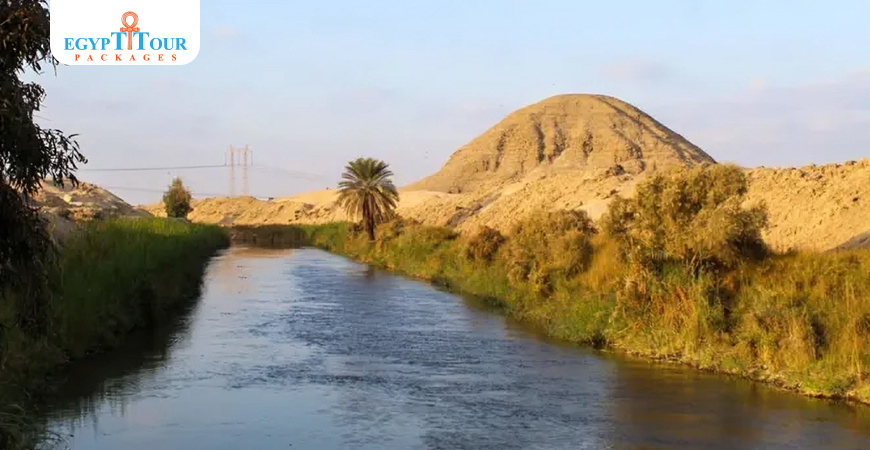
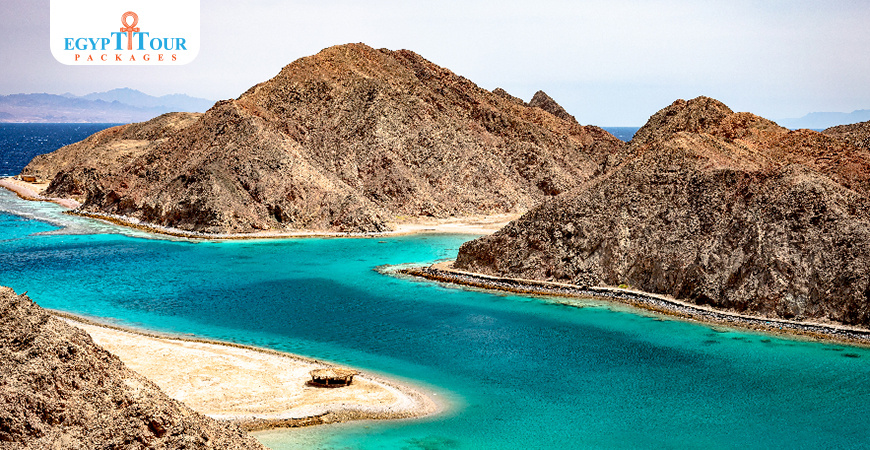

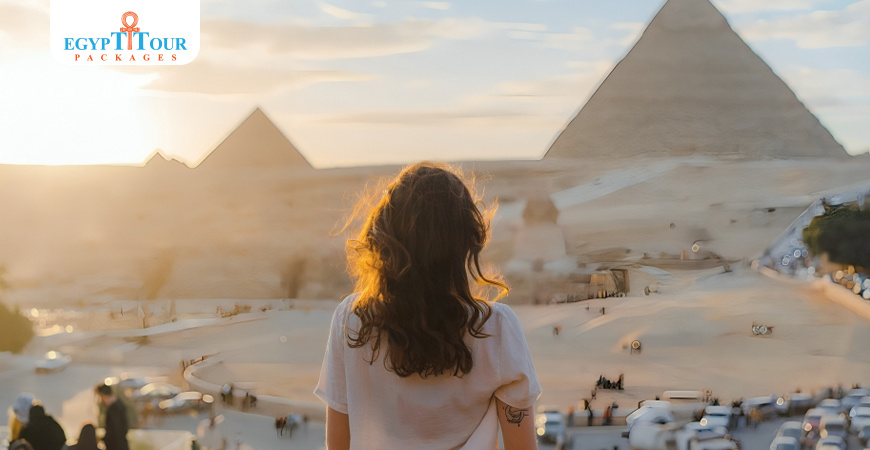
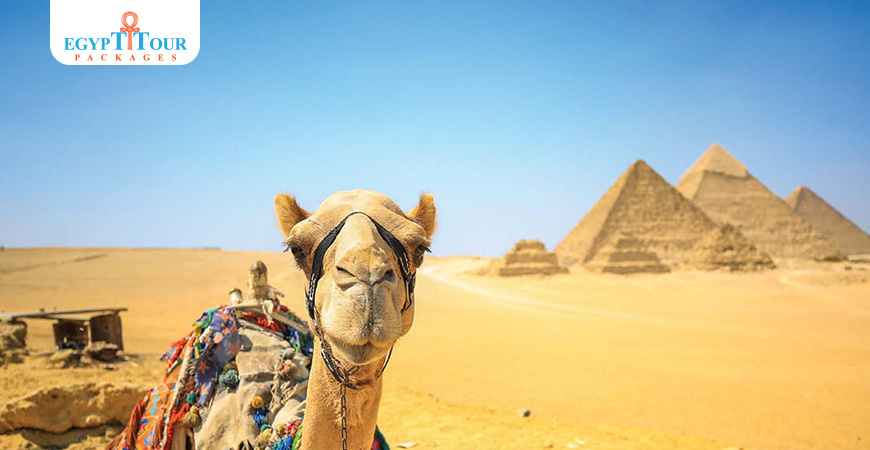











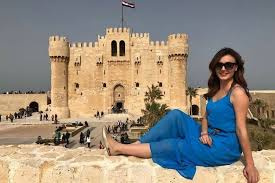

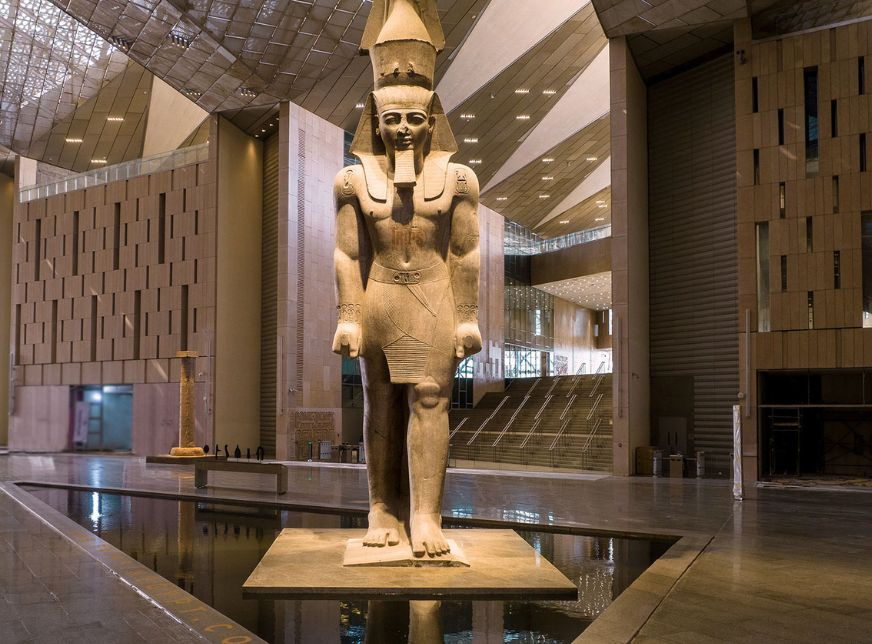

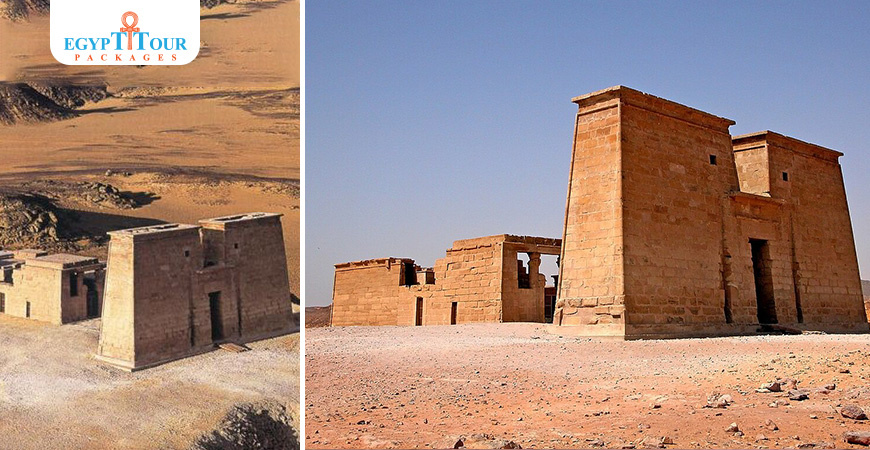
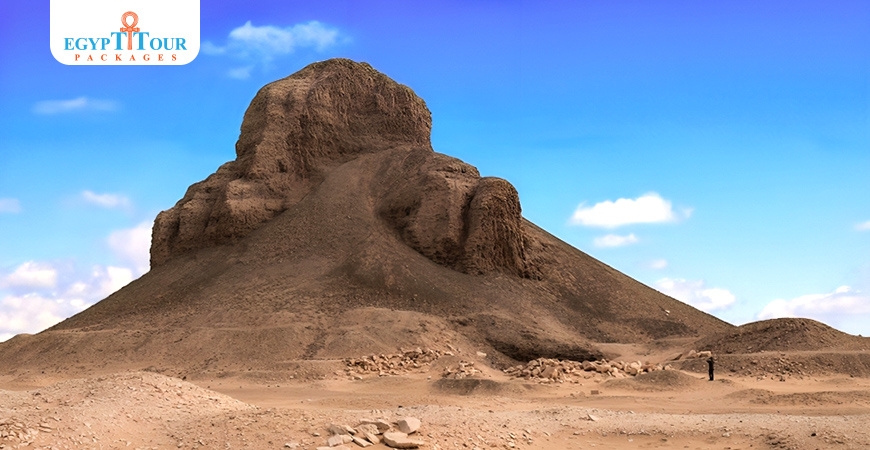
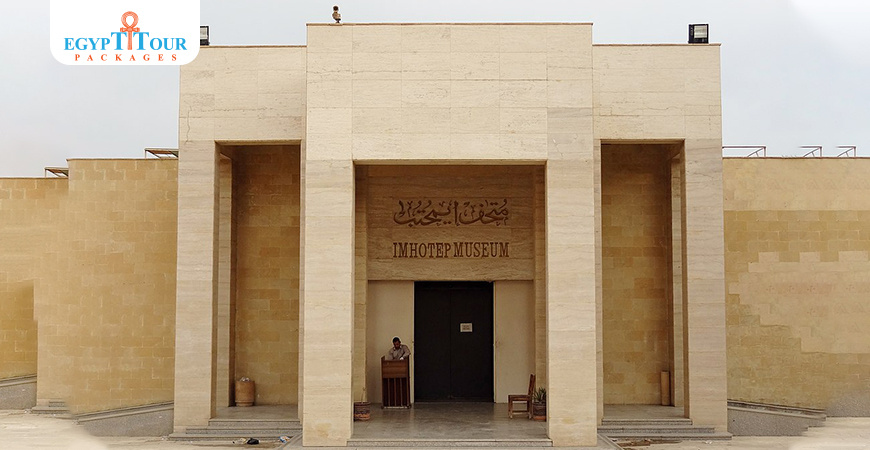






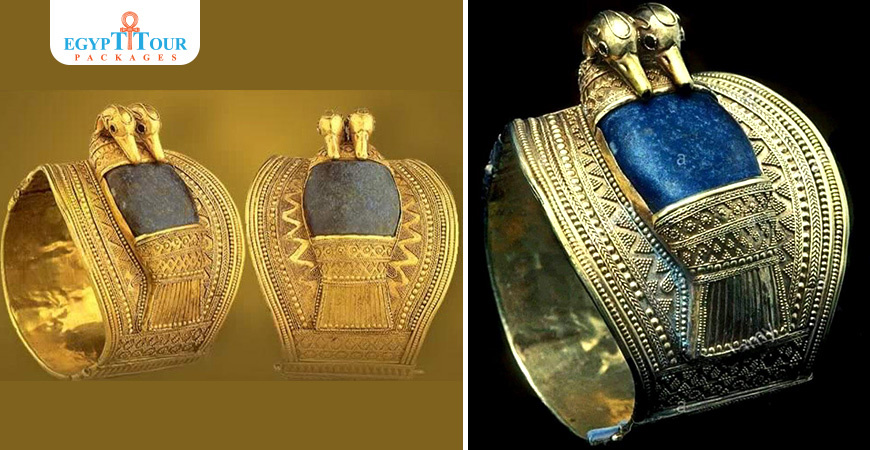

0 Comments